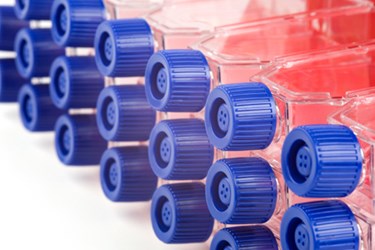New EMA Guidance On Biosimilars
By Cyndi Root

The European Medicines Agency (EMA) has enacted new guidelines to help industry navigate biosimilar regulation. It says that regulators face challenges in regulating biosimilars because, unlike chemical medicines, biologics are nearly impossible to duplicate. Biological treatments will be evaluated on their own merits, taking into account the manufacturing process and other factors. The best way to earn approval is to “thoroughly characterize” the candidate and conduct “comparability exercises.”
The rules go into effect on April 30, 2015 but industry is free to use them now. The EMA, in its press release, highlighted the main change from previous guidance: “The possibility for medicines developers to use a comparator authorized outside the European Economic Area (EEA) during the clinical investigation of a biosimilar.”
Comparators
In 3.3.2 Choice of Reference Product, the EMA states that the comparator must be authorized in the EEA, according to Article 8 of Directive 2001/83/EC and it must be a single reference medicinal product. However, due to its interest in facilitating global development of biosimilars, it allows that an Applicant may find it necessary to use a non-EEA authorized product. If so, the Applicant should provide data for regulatory agencies to conclude that the comparator is scientifically justified and shows a level of quality equal to the EEA’s standards.
Characterization
The EMA seeks to limit the variability inherent in biologics processing and ensure that small differences remain small and treatments remain safe and effective. To help regulators face this challenge, they are asking industry to characterize the biologic as fully as possible. The instructions state that deviations from the reference product must be justified, including strength, formulation, and excipients. Efforts to improve efficacy are not welcomed, but changes that improve safety are an advantage.
Comparability Exercises
Industry should focus on safety, efficacy, quality, and biological activity. The EMA says that the standard of demonstrating bioequivalence is applicable to chemically-derived medicinal products but is not sufficient for biological/biotechnology-derived products. Therefore, it says, comprehensive comparability exercises are the key. Interested parties can refer to the International Conference on Harmonization's (ICH) Q5E document for more details. Regulators intend to inspect the analytical methods, clinical comparability models, and manufacturing processes in order to evaluate the biosimilar.
